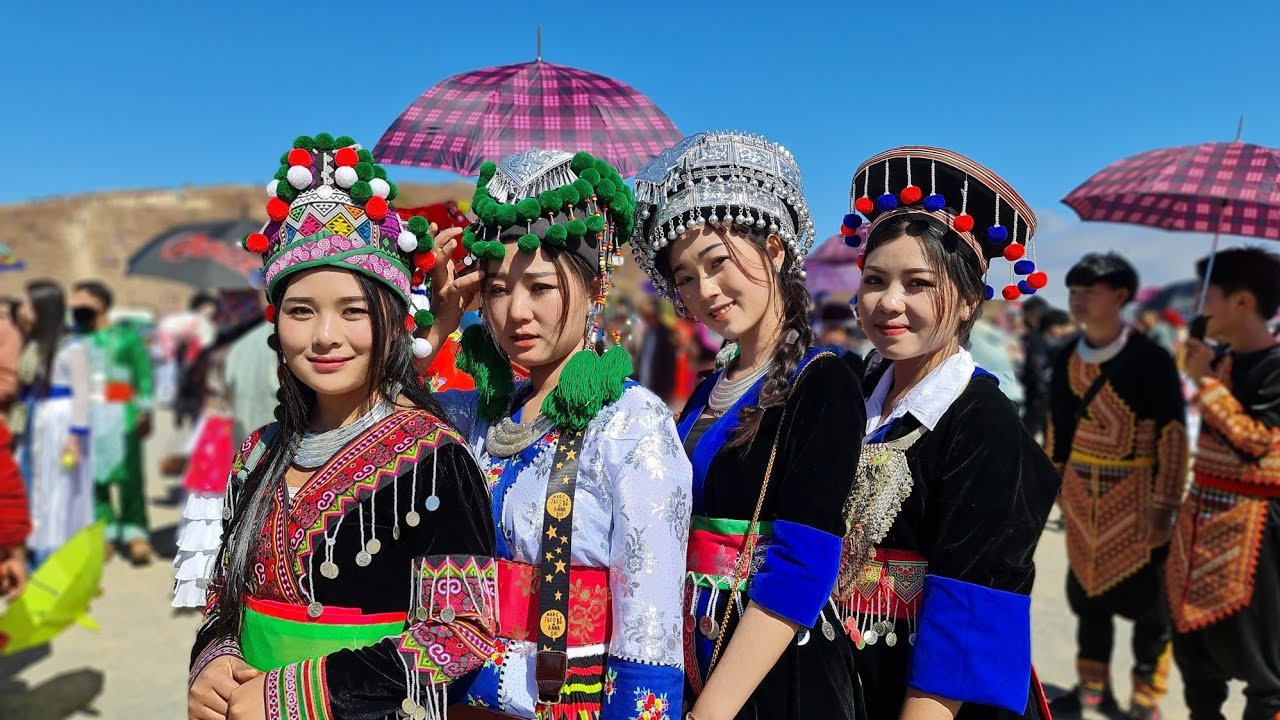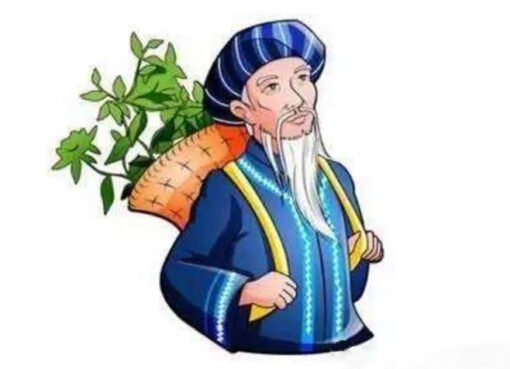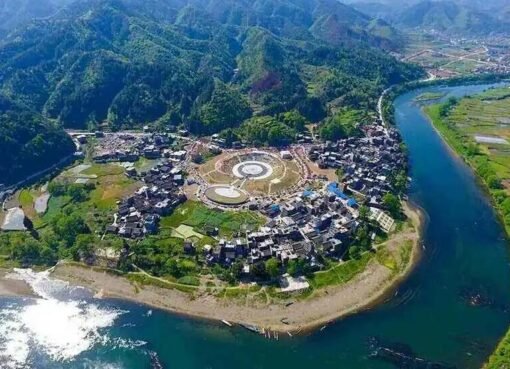In the heart of Southeast Asia, among the verdant landscapes of Laos, dwells a unique ethnic group known as the Hmong. As of 2023, despite modernization and increased connectivity, the Hmong people continue to remain a vital link to the ancient traditions and cultural heritage of Laos.
- Historical Overview
The Hmong people, originally from southern China, migrated to the highland terrains of Laos, Vietnam, and Thailand over centuries. Their history in Laos is characterized by their agricultural way of life, unique traditions, and, at times, their tumultuous relationship with ruling governments, especially during the Laotian Civil War.
- Language and Dialects
The Hmong language, part of the Hmong-Mien linguistic family, has two major dialects: White Hmong and Green Hmong. Both dialects are used widely, with variations in pronunciation and vocabulary. While many Hmong are bilingual, speaking Lao as well, the preservation of their native language remains a cornerstone of their identity.
- Traditional Lifestyle
A majority of the Hmong in Laos live in the mountainous regions, following an agrarian lifestyle. Their villages are often located at higher altitudes, and they primarily practice shifting cultivation, growing crops like rice, maize, and vegetables.
- Artistry and Handicrafts
The Hmong are renowned for their intricate embroidery, textile art, and silver jewelry. Batik and cross-stitch are popular techniques used to decorate clothing, especially their traditional attire worn during festivals. These handcrafted items not only serve functional purposes but also narrate stories of the Hmong’s cultural heritage.
- Festivals and Celebrations
Hmong New Year is the most significant celebration, marking the end of the harvest season. During this period, the community comes together in vibrant displays of music, dance, and traditional games. It’s also an occasion for young people to socialize and find prospective life partners.
- Modern-Day Hmong
Over the past decades, the Hmong community has faced both challenges and opportunities. Many young Hmong are now transitioning to urban centers seeking better educational and employment prospects. This migration is leading to a blend of traditional Hmong culture with modern Laotian life.
However, challenges persist. In parts of Laos, the Hmong continue to face issues related to land rights, representation, and integration into the broader socio-economic landscape.
- Tourism and Cultural Preservation
With the rise of cultural tourism in Laos, many travelers are keen on experiencing Hmong traditions firsthand. This influx has provided the community with economic opportunities through homestays, craft sales, and guided tours. There’s hope that, as interest in Hmong culture grows, there’ll be increased efforts to document and preserve their rich traditions for future generations.
Conclusion
The Hmong of Laos, with their vibrant traditions, artistic skills, and resilient spirit, offer a window into the rich tapestry of Southeast Asian cultures. As the world changes around them, the Hmong stand as a testament to the enduring strength and vitality of indigenous communities. As we look forward to the rest of the 2020s, the hope is that this beautiful culture continues to flourish and share its stories with the world.
#3Hmoob #Hmong #Hmoob








Comment here
Bạn phải đăng nhập để gửi bình luận.